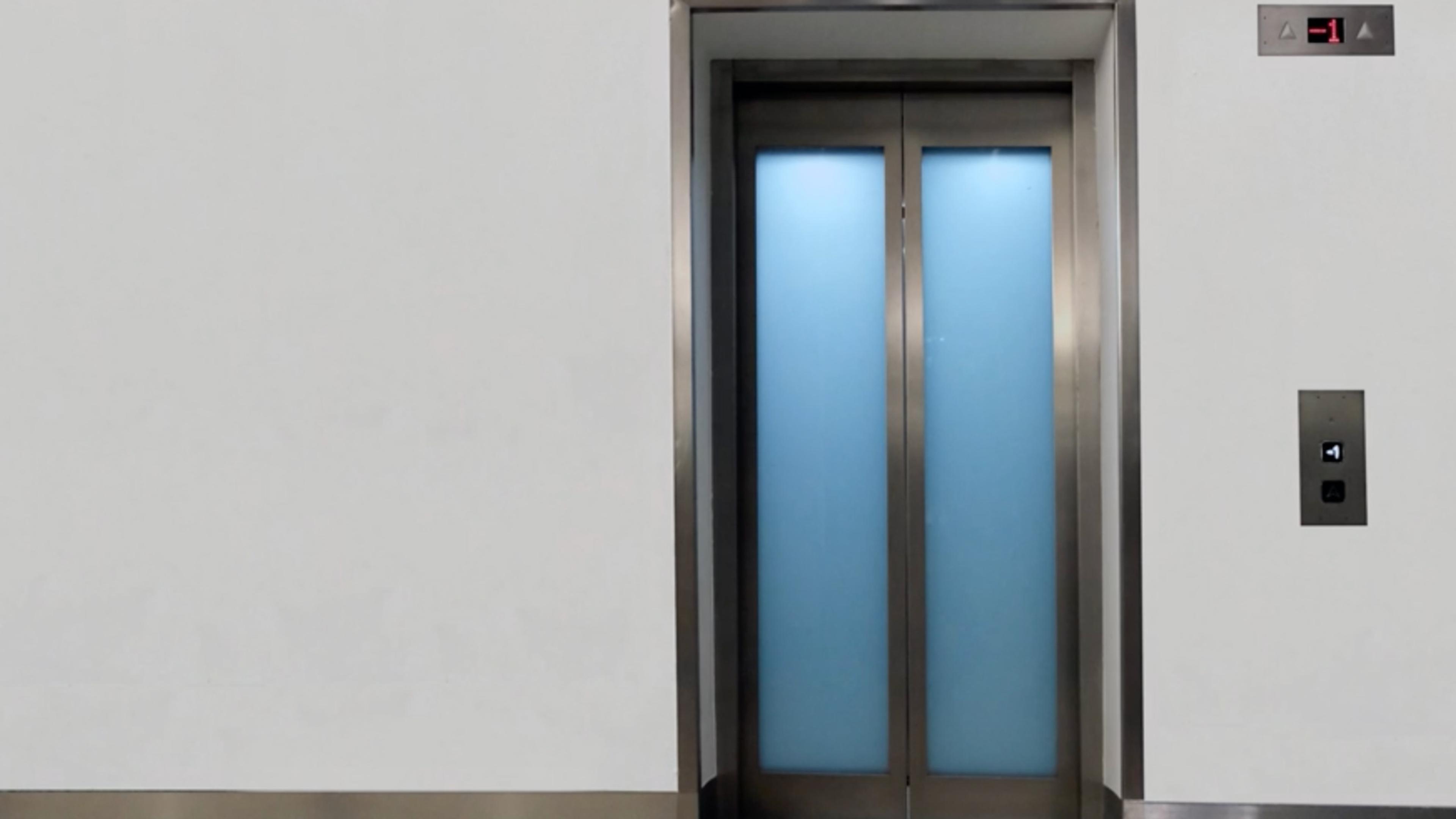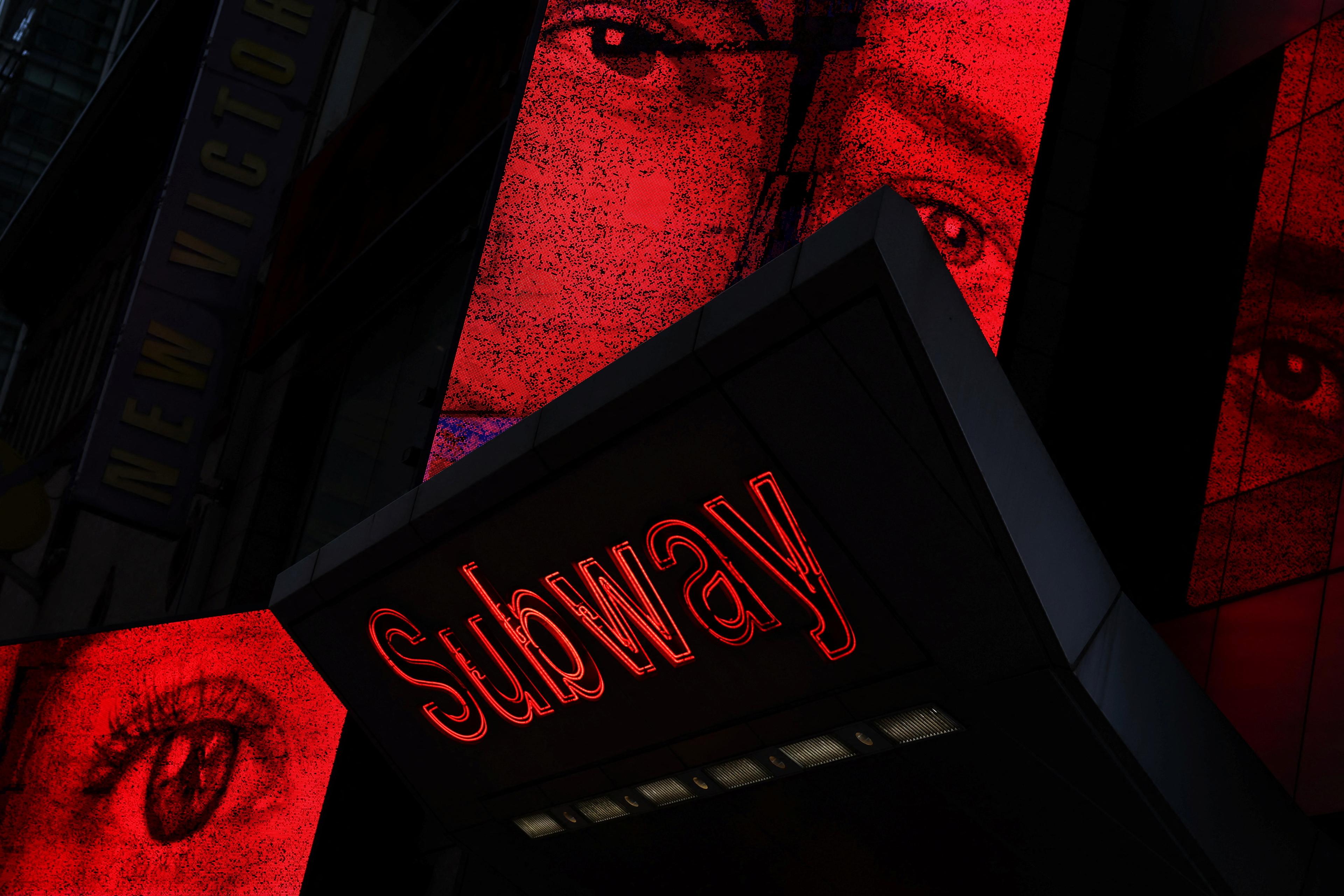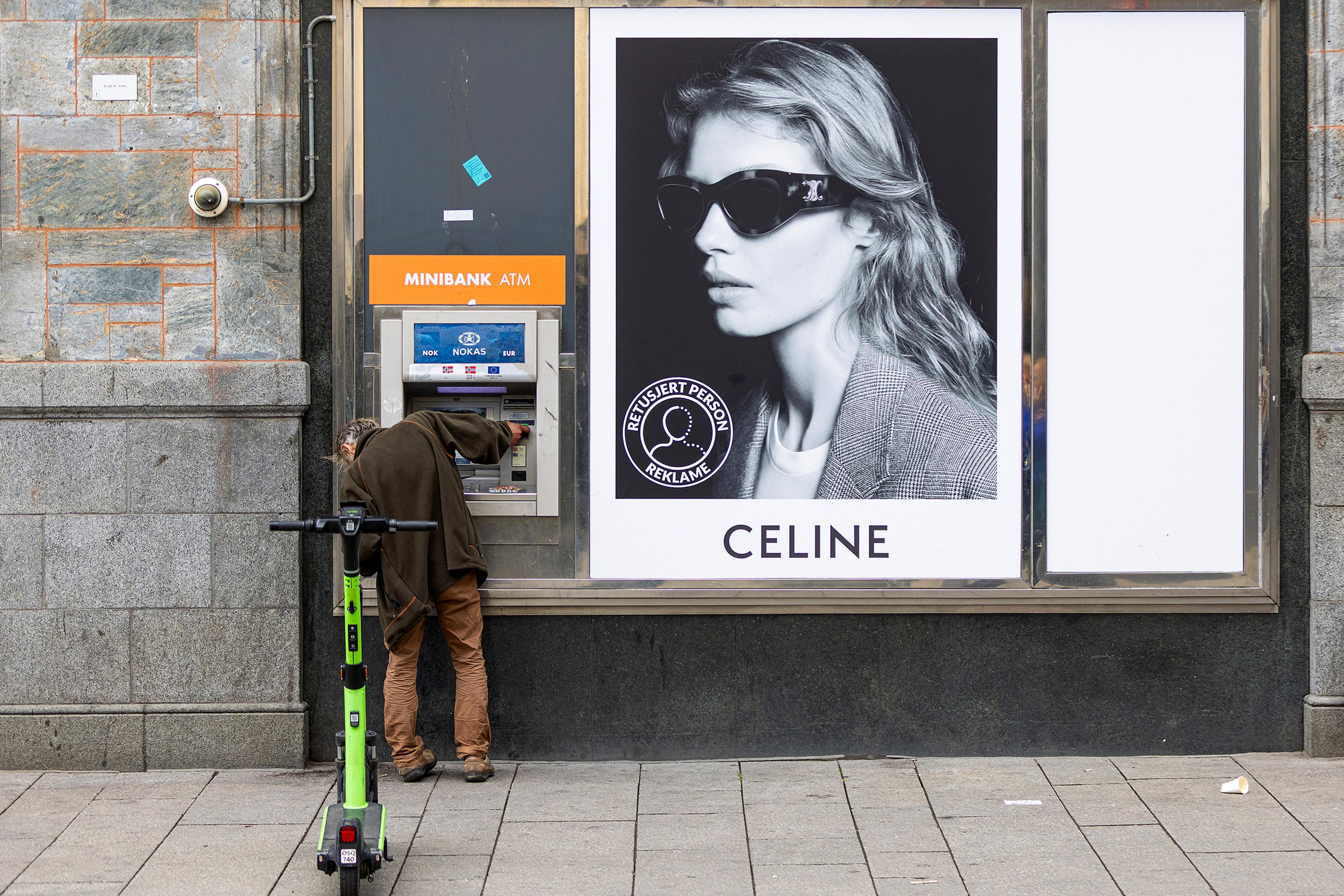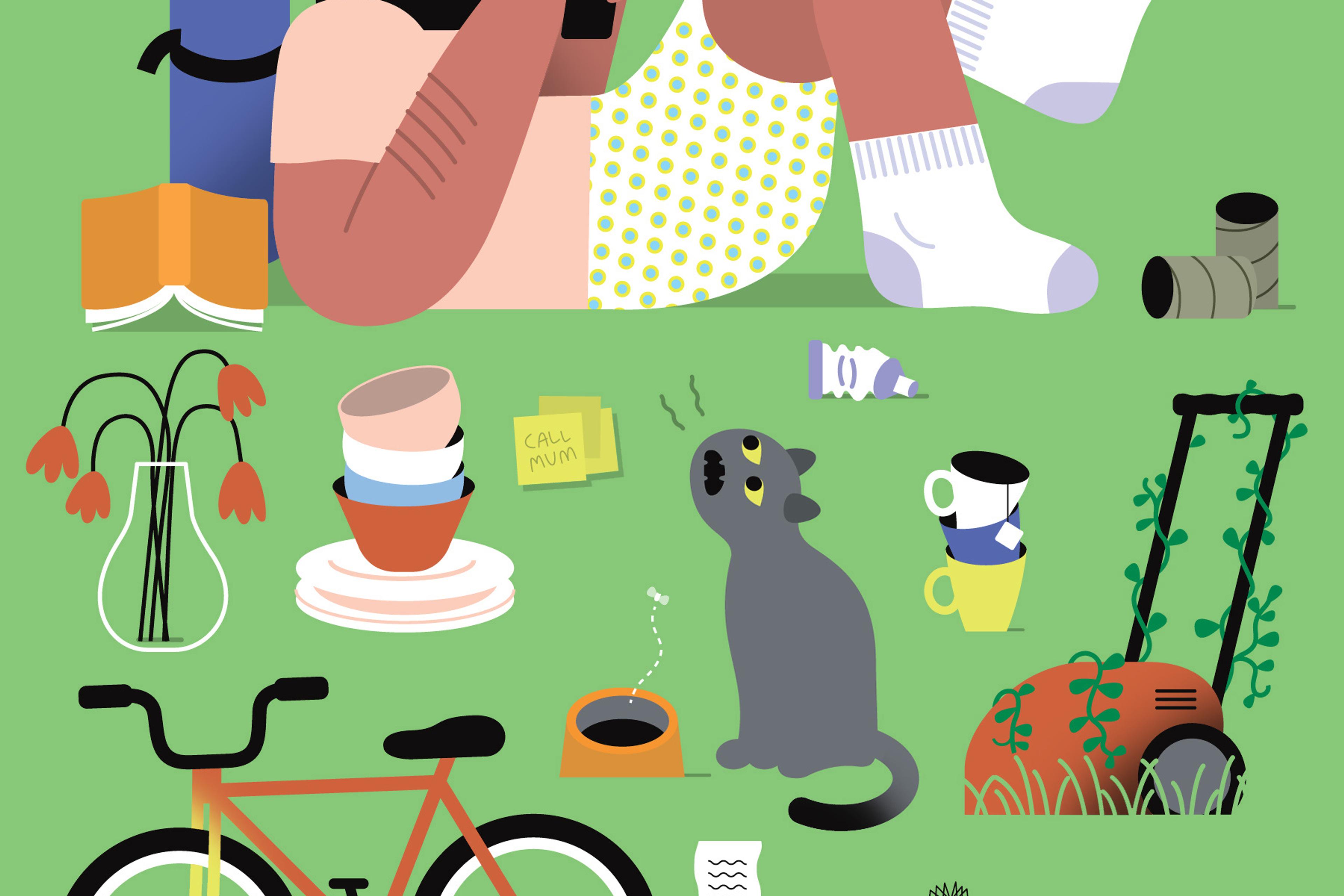We’ve all been there – a challenge lies ahead of us, looming on the horizon. Maybe you’ve been invited to a work meeting that you’re dreading because of all the ways you fear it might go wrong. You spend days debating in your head whether to go. Then, at the last moment, you decide to send a text to say you are unwell and can’t make it.
Many psychologists and neuroscientists would frame this avoidant behaviour through the lens of anxiety – you were catastrophising about the meeting and this triggered a fear response. If you needed support, a therapist might focus on helping you see work meetings as less daunting. But that’s not the whole story. After sending the cancellation text, imagine you suddenly feel a wave of calm and even a bit of happiness – the tension melts away. Does this sound familiar?
Every time you face an approach-or-avoid choice – be it a work meeting, a dental appointment, a trip or a difficult conversation – your brain effectively runs a cost-benefit calculation, balancing the potential harm of confronting the threat against the comfort and safety promised by avoidance. You can think of it like a toggle in your brain that switches between approaching the challenge versus avoiding it and plumping for safety.
Let’s return to the meeting example. You know you ought to go to the meeting, but you hate these experiences so much, especially the risk of saying the wrong thing. Your toggle leans towards avoidance, and you reason that you’ll attend next time. What’s more, you find that the brief rush of relief you feel after cancelling your attendance is intoxicating. That sense of calm washing over you is not random. It is your brain’s way of saying: ‘Great job, you dodged a threat’. Unfortunately, it can come at a cost. That small moment of relief can encourage you to cancel again and again. If the cycle repeats and your brain’s toggle gets stuck in avoidance, then much bigger consequences accumulate: eventually your manager notices your recurring absences and your position at the company is endangered.
Thankfully, most of the time, the intoxicating relief of avoidance wanes – the toggle doesn’t get stuck. This is because the brain thrives on surprises. The first time you avoid a threat and nothing bad happens (at least in the moment), the subjective relief is powerful. Scientists call this process ‘prediction error’. It’s why subjective rewards feel stronger when they are unexpected and weaker when they are predictable. Your brain is flexible and it quickly adjusts its predictions to match the new reality, making that gap and the resulting happiness smaller over time. So typically, the second time you avoid, the reward is still present but weaker because the feeling of relief is now familiar rather than novel. By the third or fourth time, it barely registers in the brain. As avoidance becomes routine, the payoff fades, and your motivation to avoid weakens. Your brain’s toggle shifts gradually further toward the approach position. Sometimes, this can be a good thing – it nudges you to re-test your fears. You finally muster your motivation to make it to the next work meeting.
Avoidance can stop being helpful and instead becomes a heavy burden
Unfortunately, for some people, their avoidance can become excessive, their brain’s toggle gets stuck, and it can take a serious toll. Avoiding talks, social events, networking opportunities, leadership roles, difficult conversations or even feedback may feel safe at first. However, the long-term career costs are significant. It’s a similar story with specific phobias. Imagine you are scared of driving after being in a car accident: avoiding driving might seem a smart and safe choice at first, yet relying on public transportation could add hours to your daily routine and limit your work options. Or picture someone afraid of using an elevator. Taking the stairs may be a healthy option if they live or work on the third or fourth floor. But avoiding the elevator when they have a meeting on the 30th floor quickly becomes exhausting and impractical.
In fact, avoidance is a common and often excessive behaviour in many anxiety and fear-related disorders, such as obsessive-compulsive disorder, social anxiety, post-traumatic stress disorder and phobias. Frequently reported examples in these conditions include washing hands dozens of times a day (to avoid contamination), avoiding social contact or refusing to leave home. In all these cases, avoidance stops being helpful and instead becomes a heavy burden. Unfortunately, the mechanisms underlying the persistence of avoidance in psychopathology – even after the original threat has passed – are not fully understood.
We propose that the subtle but blissful reward associated with avoidance may be an important – and, until now, often overlooked – contributing factor, as we recently outlined in our theoretical paper in the journal Communications Psychology. In an earlier study, we found that the feeling of relief associated with avoidance usually faded for most people the more times they avoided, but interestingly this drop in relief didn’t happen in people who are vulnerable to stress. Their brain keeps prioritising avoidance, giving it more weight than the potential reward of facing the challenge. In terms of the prediction error, the brain fails to update the reward expectations to match reality, so avoidance keeps triggering reward. This ongoing reward fixes the brain’s toggle, reinforcing and maintaining avoidance behaviour. This finding led us to think that the usual drop in reward that would normally curb avoidance might be absent in some mental health conditions.
If we are right, this could have exciting implications in terms of new treatment approaches
We are currently investigating this idea in the laboratory. Using fMRI, which records brain activation, we have created artificial situations in which participants must decide whether to avoid a threat. First, we condition participants to associate the appearance of a red light with a mild electric shock. Once they learn that the red light predicts receiving a shock (in 62.5 per cent of the cases, while no shock is delivered in the remaining cases), we give them the option to avoid it by pressing a button. However, pressing the button comes at a monetary cost – about five cents per press. This setup allows participants to weigh the benefit of avoiding the shock against its cost. During this process, we measure brain activation in reward-related regions, such as the striatum, and collect participants’ self-reported feelings of relief when they successfully avoid the shock. This allows us to track how the brain responds to the reward of avoidance over time – to see whether the toggle gets stuck or not.
To test our hypothesis that some psychiatric conditions may involve a reduced decrease in brain reward responses during avoidance, we are currently collecting data from both healthy control participants and patients with psychiatric diagnoses. If we are right about the brain processing the reward of avoidance differently in psychological disorders, this could have exciting implications in terms of new treatment approaches.
Traditionally, psychologists treat excessive avoidance by focusing on how people perceive the potential threat. One of the dominant therapeutic approaches is called exposure therapy. Here, patients are gradually reintroduced to the feared object – in the case of driving avoidance after a car accident, the patient would be gradually exposed to being in a car again – in as safe an environment as possible (at first, perhaps while stationary). Through repeated exposure to the perceived threat, but with nothing bad happening, whether in imagination or in real life, the fear response can fade, a process psychologists call ‘extinction’.
Another dominant approach is cognitive behavioural therapy (CBT), where clinicians also use a similar, threat-focused strategy. Therapists work with patients to examine the thoughts and feelings linked to the threat: Is driving always dangerous? Under what circumstances? What evidence supports or contradicts this fear? How might it be reduced? By reframing these beliefs about cars and driving, CBT aims to loosen the grip of fear and improve emotional wellbeing.
Exposing yourself to what you fear is not always enough to break the cycle of avoidance
While these treatment approaches help many people, they don’t work for everyone. We believe this could be because a crucial element often remains in the background of these traditional approaches – namely the reward of avoidance. We propose that clinicians should address not only the way their patients perceive the threat, but also the hidden ‘payoff’ that reinforces their avoidance. By bringing this reward into patients’ awareness and helping them to weigh its costs, we can make it part of the therapeutic process.
If you’ve struggled with fears or anxieties yourself and undergone traditional psychological approaches, such as exposure therapy, yet found them to be ineffective or only partially successful, we hope to have given you a fresh perspective that might help explain why. It’s not because you haven’t been trying hard enough or because you are simply too fearful. Rather, it may be because exposing yourself to what you fear is not always enough to break the cycle of avoidance. A key part of your difficulties might have to do with the persistent and rewarding sense of safety, relief or control you get from steering clear of the challenge.
Ours is early experimental work into the brain processes that contribute to excessive and harmful avoidance, but if you find this way of thinking about the problem helpful, you could try gently challenging yourself to help break free from being overly avoidant. Imagine that toggle in your brain that we described – the one that switches between approach and avoidance. Each time you face a challenge, your brain weighs the risks and rewards of confronting the challenge or avoiding it and staying safe. If you find yourself consistently avoiding fears and challenges, it suggests your toggle is stuck in the avoid position – perhaps because on some level you are weighing the reward of avoidance too highly. To shift your behaviour, you could intentionally ask yourself some questions to help reset your brain’s risk-reward calculations.
For instance, the next time that dreaded meeting looms on the horizon, pause and ask yourself: What would I gain by avoiding this? Consider the question gently, without self-judgment – remember, a balanced level of avoidance is adaptive, while excessive avoidance becomes harmful. Can you feel yourself anticipating that rush of relief, or sense of safety or control that will come from flaking on the meeting? If so, consider how strong that reward is, whether it is truly helpful, and if it is worth the cost. After all, avoiding certain situations can limit your opportunities, harm your career or strain social connections. By examining the ‘payoff’ of avoidance – rather than just confronting the threat itself – you can start making choices that move you forward instead of holding you back.
If you have a trusted friend, relative or therapist, it might help to discuss these considerations with them – they can act as a sounding board to help you consider what is in your best interests. We hope this kind of reflection, focused not only on threats but also the allure of avoidance, will help you process past experiences, and strengthen your ability to face future challenges with greater clarity and flexibility.








